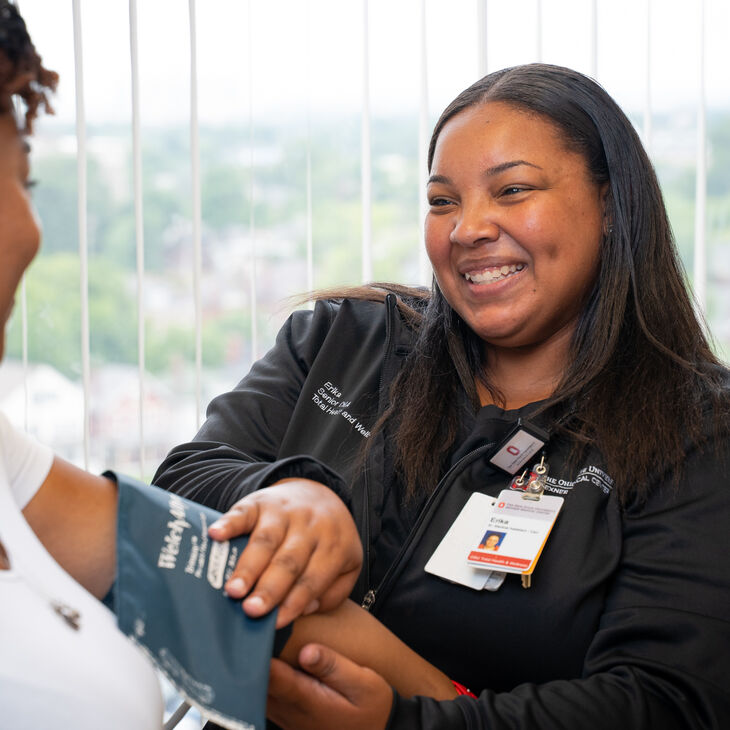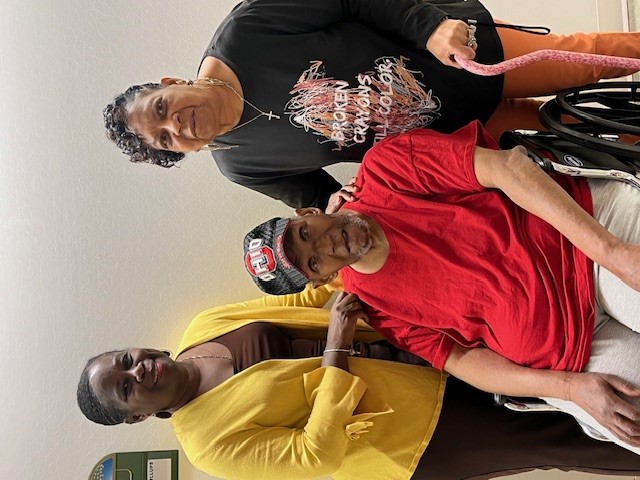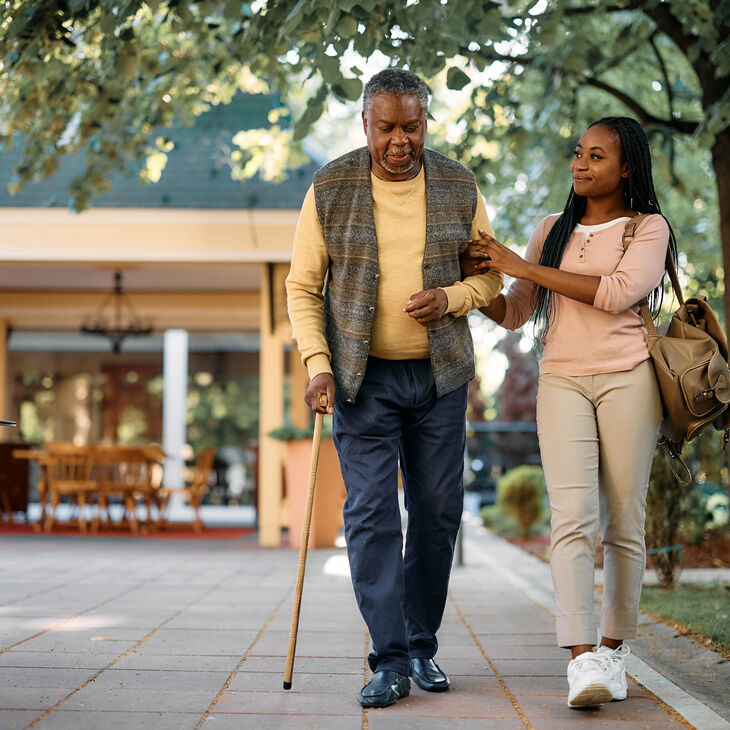by Pat Ford-Roegner
Lurking right behind the COVID-19 pandemic is another major killer: the seemingly unstoppable incidences of violence by Americans on one another. Most recently, we witnessed senseless shootings in areas including Atlanta, Austin, Boulder, Chicago, Columbus, Indianapolis, Kenosha, WI and Orange County, CA. Major cities are experiencing a steep rise in gun violence. My hometown of Philadelphia reels daily from violence. Innocent children are frequent victims.
The events themselves are horrific, but only part of the story.
We have learned the stark lesson that no place is immune to this danger: not grade schools, universities, grocery stores, movie theaters, churches, office buildings or even our nation’s Capitol. And if only we could develop a vaccine to prevent acts of racial hatred, personal revenge, delusional rage and outright brutality.
A few weeks ago, Columbus Mayor Andrew Ginther rolled out new anti-violence initiatives as the city is on pace to having another record-breaking year of homicides. “I think we will be working on this for a long time,” the Mayor said during a news conference.
Missing from these initiatives is the critical health component. The Centers for Disease Control and Prevention (CDC) and the American Public Health Association (APHA) seek a national call to action to reduce and prevent violence. A host of healthcare groups – including the American Academy of Nursing, Nurses United and the American Nurses Association – has expressed hearty agreement.
The human and economic costs to our society are enormous. In 2019, the Institute for Economics and Peace (IEP) estimated the cost of violence around the world was over $14 trillion annually, with the United States facing the biggest bill. APHA recently emphasized the increasing body of data showing the profoundly harmful effects of violence on child development, the long-term health of affected populations and the economic development of the entire community, especially communities of color.
APHA went on to say, “The current fragmented approach that leans heavily on the justice system needs to be updated to an integrated one that supports extensive cross-sectoral collaboration with an emphasis on health.”
To that end, the CDC highlights a four-step process rooted in the scientific method. The approach “emphasizes input from diverse sectors including health, education, social services, justice, policy and the private sector.” Critical in defining and understanding the problem involves understanding the “who,” “what,” “when,” “where” and “how” associated with it. Data from many sources can give the full picture and help design prevention strategies.
As we celebrate Nurses’ Month this May, we are reminded that nursing has much at stake in addressing violence as a public health crisis. The American Association of Colleges of Nursing (AACN), in a position statement on Violence as a Public Health Problem, reminds nurses to call upon their assessment skills and nursing intervention to prevent the cycle of violence. After all, nurses care for the victims, the perpetrators, the families and the witnesses of physical and psychological violence. We see it all.
The escalating pace of violent personal or mass attacks is spilling over into the healthcare workplace. According to a study from the Occupational Health and Safety Administration (OHSA), healthcare workers account for approximately 50 percent of all victims of workplace violence. Nurses and nursing assistants bear the brunt since they are on the front lines.
In response to increasing workplace violence, The Ohio State University Wexner Medical Center created BERT – the Behavioral Emergency Response Team – comprised of nurses. During an interview with WBNS 10TV in Columbus, hospital officials said the team responded to 1,500 incidents in 2019.
Year after year, initiatives such as Healthy People* works to reduce the risk of violence and its threat to public health. Nurses can and must take a leadership role to interrupt the transmission of violence based on a system of health approaches just as they are doing in vaccinating our communities against COVID-19. It is imperative for our nation’s health and well-being.
Enough is enough.
*Since 1980, HHS's Office of Disease Prevention and Health Promotion has set measurable objectives and targets to improve the health and well-being of the nation.
Pat Ford-Roegner, RN, MSW, FAAN has previously served as Region IV director at the U.S. Department of Health and Human Services, chief executive officer at the American Academy of Nursing and health policy expert for Amplify Public Affairs.
Public policy responses
- On April 9, President Joe Biden declared, “This is an epidemic, for God’s sake, and it has to stop.” Standing with Vice President Kamala Harris and Attorney General Merrick Garland in the Rose Garden, the President outlined six measures he will pursue to try and curb gun violence – although enactment of legislation is unlikely this year given the politics of the issue. Mr. Biden attacked what he sees as disingenuous arguments against common sense laws, saying, “Nothing I am recommending would in any way impinge on the Second Amendment right.”
- On February 22, 2021, a bipartisan group of U.S. House lawmakers reintroduced the Workplace Violence for Health Care and Social Service Workers Act. H.R. 1195 was passed by the House on April 19 and received in the Senate. Awaiting action in the U.S. Senate, the bill would direct OSHA to issue a standard requiring employers in the health industry to develop plans to protect workers.
- In 2012, Ohio Nurses Association members helped pass Ohio’s law on workplace violence against healthcare professionals. Violence against nurses now is a punishable offense, a 5th-degree felony charge punishment by a fine up to $5,000.





